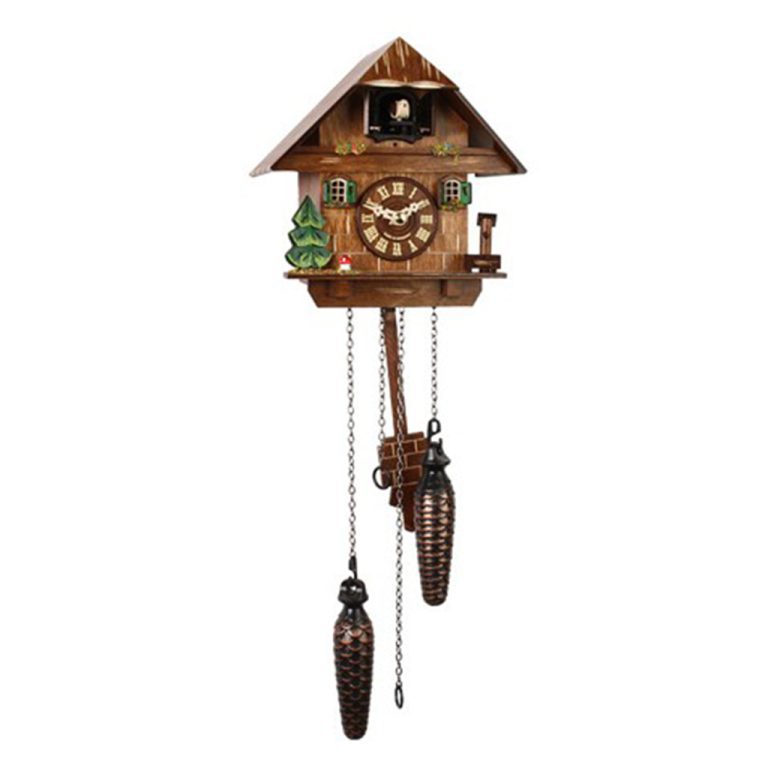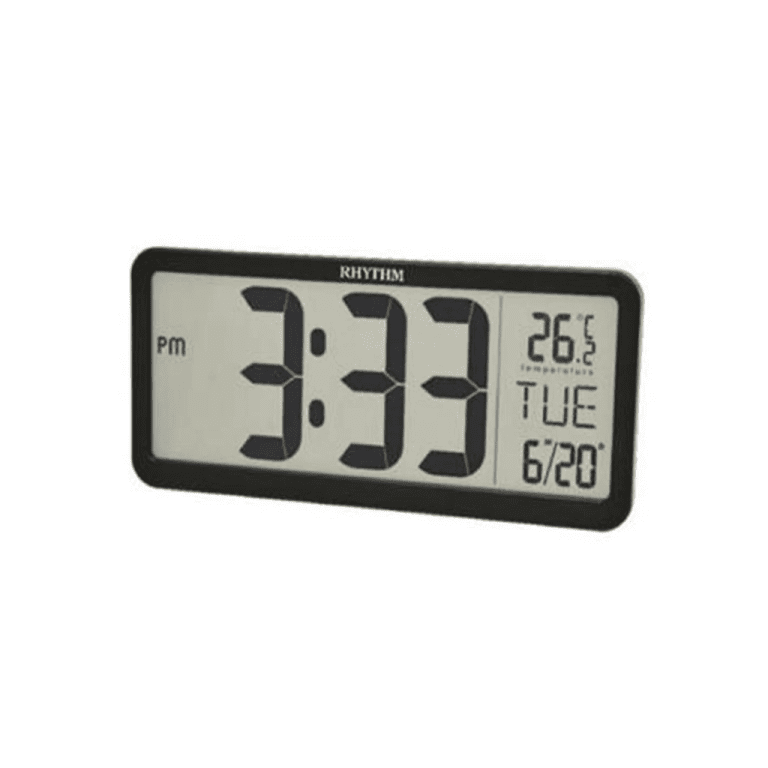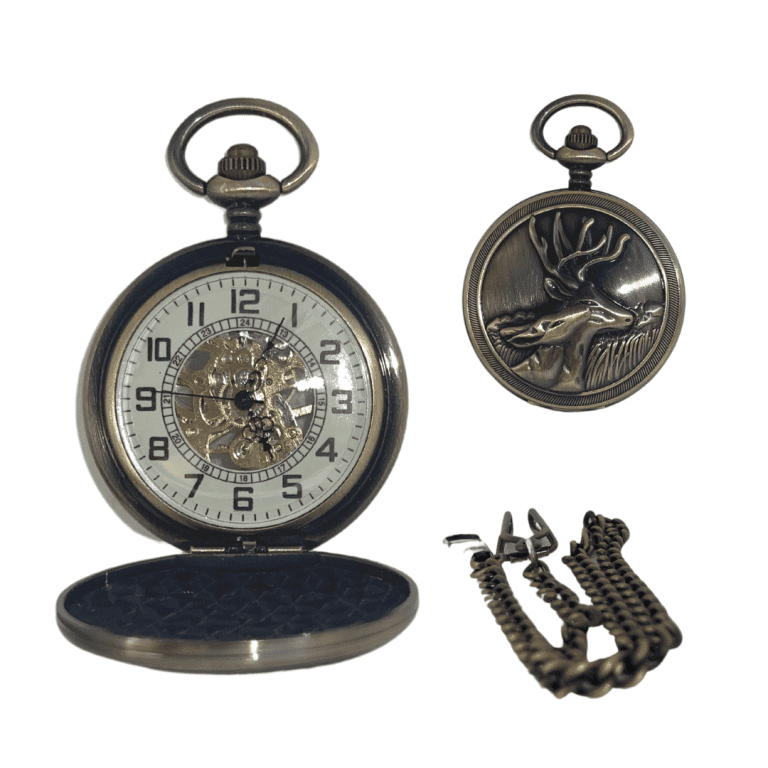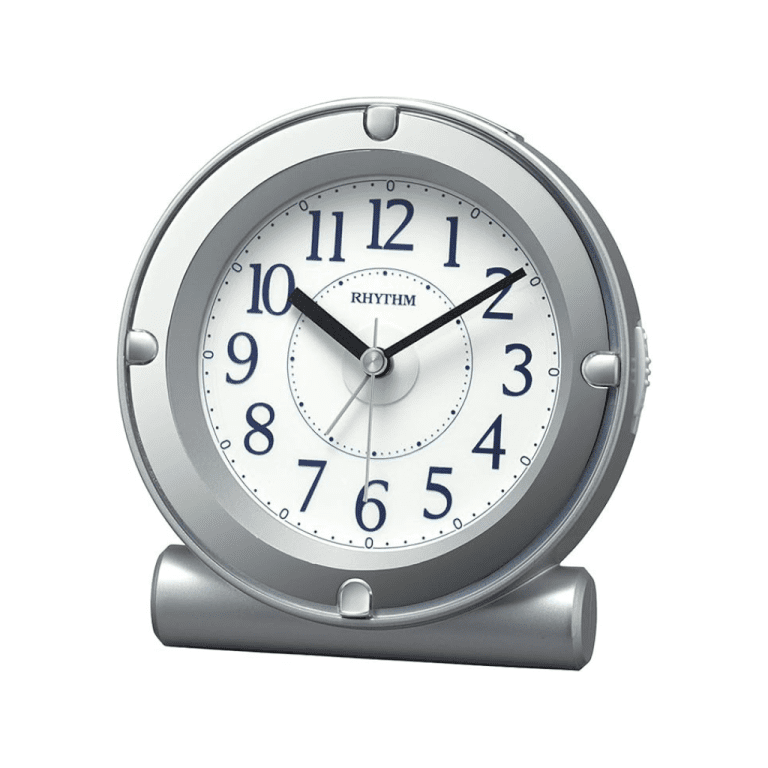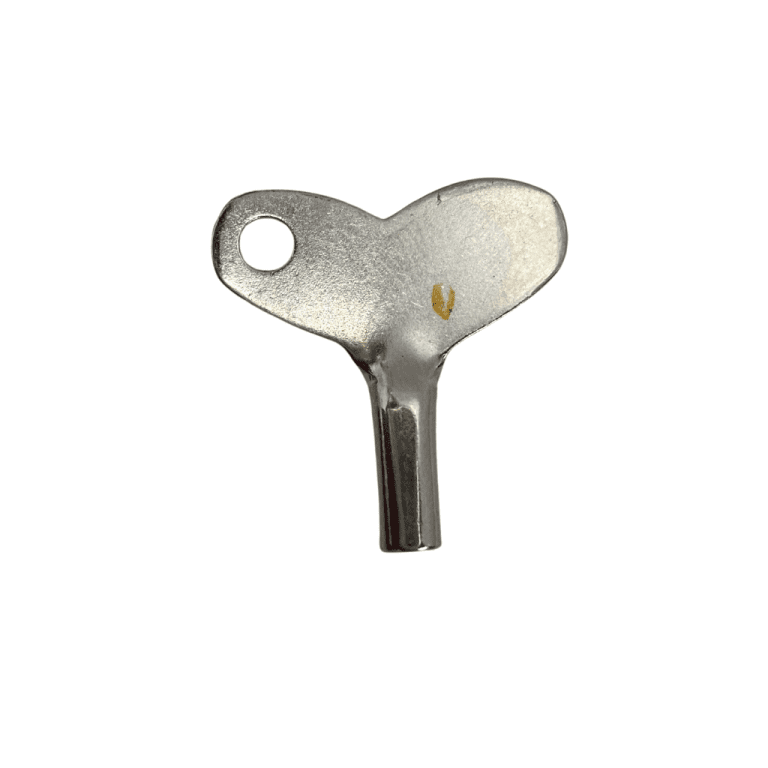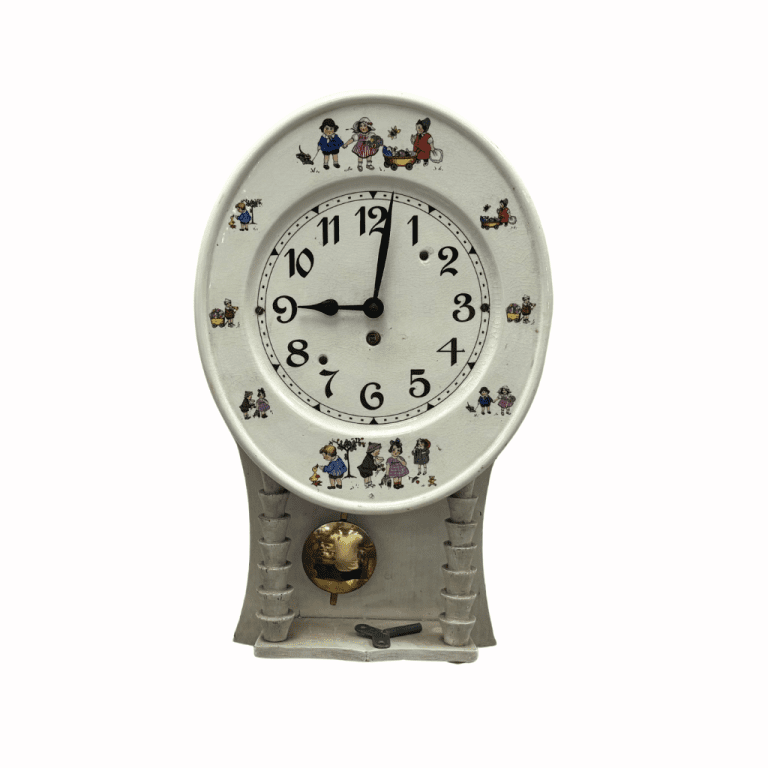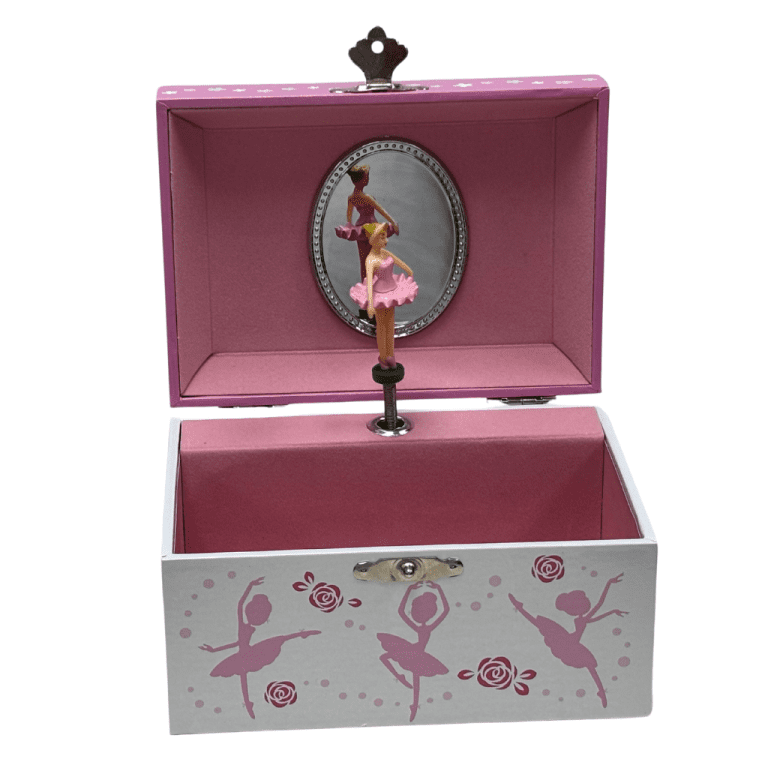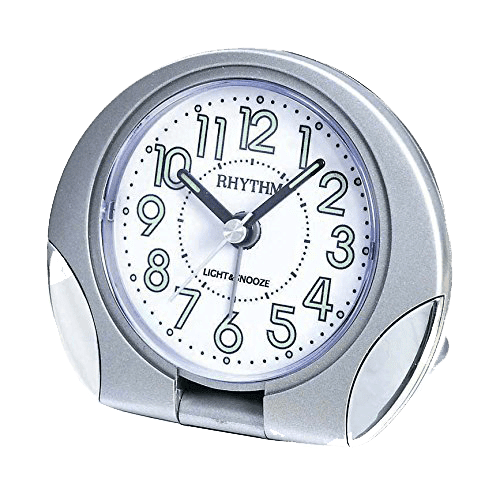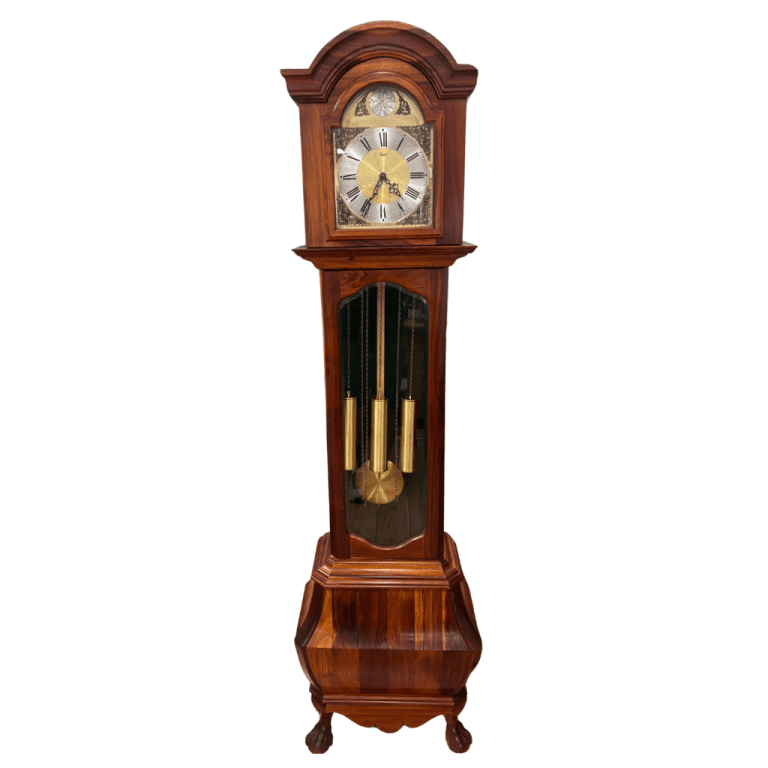YOUR STYLE, YOUR WAY.
There are many decisions to make when on the hunt for your next watch; movement type, case size or dial design. And whilst these all play a crucial role in creating the overall character of the watch, picking the right strap is an often overlooked factor that can be the difference between a forgettable timepiece and one you’ll never want to take off.
So, today, we’re taking a look at the wide range of options available, the differences between them, and what to look out for when shopping your next strap!
LEATHER:
Leather straps can be found in a huge variety of colours and styles to match almost any outfit. From the understated classic black you’ll find paired with a classy Tux, to the cool tan and even the more eye catching orange and blues.
MATERIALS:
When you’ve found the colour and style to match your look, the real key to a great leather strap is in material selection. Whether you’re looking for faux leather or genuine, it may be worth spending a few extra bucks to upgrade to full PU Faux, or full grain genuine leather.
Faux Leather:
Faux leather is a synthetic material created as a substitute for animal hide. Usually created from plastic, this vegan friendly option does not necessarily mean poor quality, although again, you’ll need to read the description. The main two types are PVC (polyvinyl chloride) and PU (Polyurethane).
Although slightly more expensive, PU leather is the one to go for here. It’s much softer, more breathable and feels much closer to real leather while also being a whole lot better for the environment.
Genuine Leather:
The term “genuine leather” covers anything that technically counts as ‘real leather’. Whether it’s scraps of pig, goat or if you’re lucky, cow hide. The term is often mistakenly seen as a label for high quality goods.
Instead, read the product description and look out for ‘top-grain’ or the pinnacle that is ‘full-grain’ leather. Full grain leather is cuts of pure, unaltered hide with everything in tact, whereas top grain may be slightly altered to cover any imperfections.
The beauty of the leather strap is in the versatility. A leather option can be paired with almost any outfit, matching with shoes and belt to really take it to the next level. My only advice here – If you’re going to a black tie event, the simple black leather strap is all you need!
Quick release
One of the most useful inventions in strap technology is the quick-release feature. Although available on some bracelets, adding quick release spring bars to leather straps not only makes strap changes much more efficient, but you’ll also avoid excessive wear to the leather (if you’ve ever changed a regular leather strap, you’ll know what I mean).
METAL BANDS:
Much like the leather options, there’s no shortage of choice when it comes to choosing a metal band/bracelet for your watch. The most common categories found on men’s watches are segmented (a.k.a linked) and Milanese (a.k.a mesh). For women, there’s a plethora of bangle style bracelets too.
Linked Bracelet
The most common watch bands are made up of links, each divided into 3, 5 or 7 segments. The bands, links and the segments themselves come in all shapes, sizes and finishes independent of each other, leading to an almost endless supply of aesthetic choice.
Unlike leather straps, the actual length of the bracelet can be adjusted by adding/removing links, held together by screw, or link pins which may require a link pin tool to remove when sizing the band.
Milanese
Also knows as ‘mesh’ bands, this design originates in Milan with it’s history dating back to 13th century chain mail. Metal wires are worked into a mesh to create a strong, light and surprisingly comfortable structure adding distinct character to their paired watch.
MATERIALS:
Much like their leather counter-parts, the look, feel and longevity of metal bands is largely in the material selection.
This is a huge topic in itself which we’ll be diving into in an upcoming blog, so to keep it short:
Stainless steel:
On the cheap end is 304 stainless steel. If you can, stay away from this. Instead, pay that little bit more and opt for 316L as a minimum. It’s far more corrosion resistant and just generally more durable.
n the premium end of the stainless steel scale is 904L stainless steel, also referred to as a corrosion resistant super-alloy, this grade allows a mirror like finish.
Titanium:
Stronger, darker and typically more expensive than most stainless steels. Titanium is a great alternative for those with Nickel allergies.
PRECIOUS METALS:
The main contenders here are gold and platinum – Both out of range for most watch shoppers, but when used tastefully can look fantastic. Platinum is somewhat understated and has hypoallergenic properties – perfect for those with sensitive skin. Gold on the other hand is pretty much as flash as you can get. There’s a fine line here between a work of art and a complete eye sore.
When to wear.
Aside from the ultra-formal attire such as black/white tie events (opt for a black leather strap here), metallic bands can be worn just about anywhere.
They’re just as durable as the watch itself and will fare much better with moisture than their leather counterparts. Just be sure to chose a strap that suits your outfit.
RUBBER:
Take a leather strap in the sea and it could be knackered. Take a NATO strap for a dip and you’ll have a damp wrist for at least a few hours. Take a rubber strap on your next dive and give it a quick wipe when you surface and it’s as good as new.
his, along with it’s sweat wicking properties, makes the rubber strap the perfect choice for almost any physical activity. It may just be the best functional material a watch strap can be made from.
What to look out for:
Rubber can be formed into almost any shape and dyed almost any colour, meaning whether you’re looking for the ‘in your face’ orange, or the ‘I can’t believe it’s not leather’ look, stylistically you’re spoiled for choice.
When it comes to material, the main categories are Nitrile Butadiene Rubber (NBR), silicone rubber, polyurethene rubber or PVC rubber. These days, all will likely be very durable, but have subtle character differences such as the reported ‘tacky’ feel of silicone. My advice – If you’re buying from a reputable seller, you shouldn’t go too far wrong.
SUMMARY
Watches should be an accessory to your outfit, not the main attraction, so while there is no set rulebook when it comes to finding the perfect strap for your watch, just make sure the combination works with our outfit and not against it.
Credited to:https://pompeak.com/





